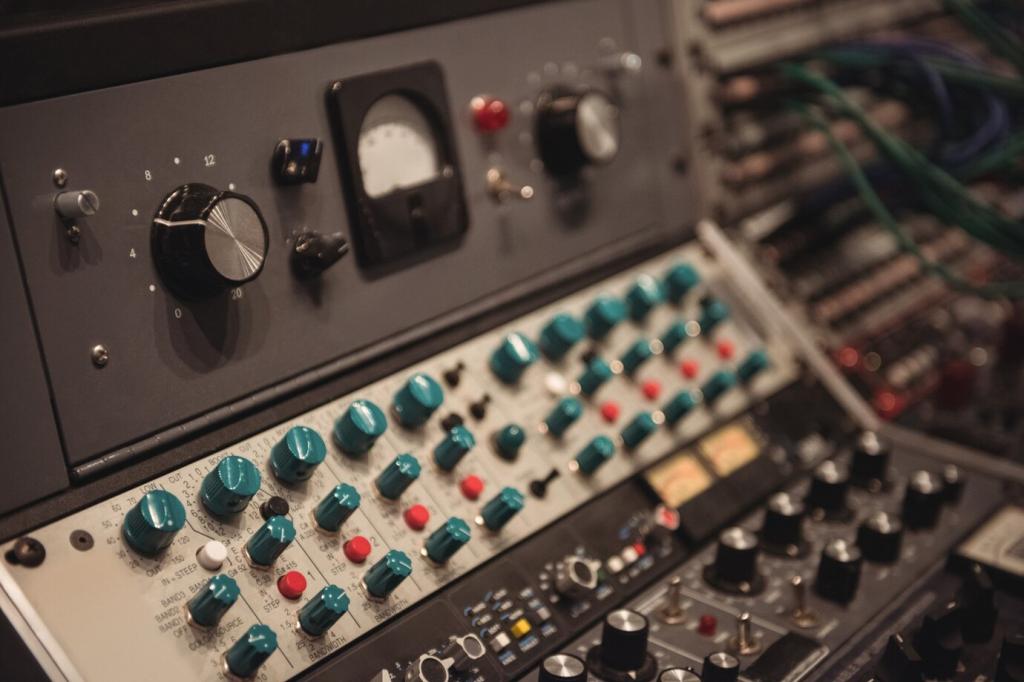Guide to Home Theater Speaker Placement: Build Your Perfect Soundstage
Room Fundamentals: Shape, Surfaces, and Listening Position
Use a mirror along the side walls and ceiling while seated at your listening position. Where you see the front speakers in the mirror marks reflection points. Place absorbers or panels there for cleaner, more precise placement results.
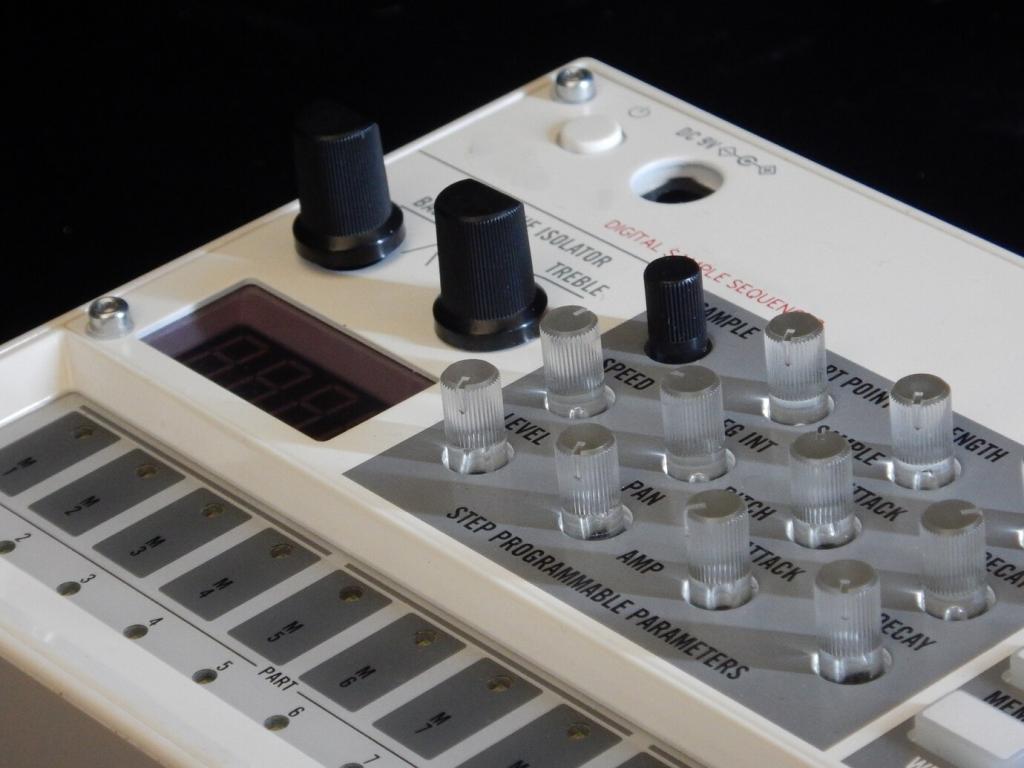
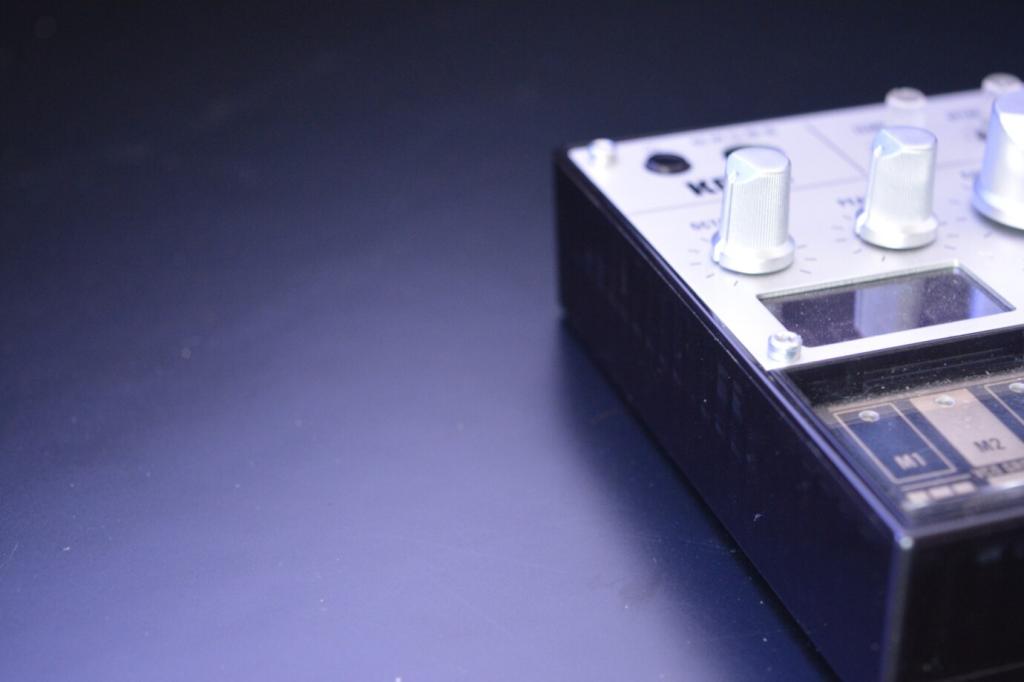
Dialing In the Front Stage: Left, Center, Right
Aim tweeters at seated ear level for consistent tonal balance across seats. If stands are limited, angle speakers slightly upward. A laser level helps. Post your ear height measurement so we can confirm proper tweeter alignment and stand selection.
Dialing In the Front Stage: Left, Center, Right
Place the center directly under or above the screen, angled toward ear height. Avoid placing it deep inside a cabinet, which causes comb filtering. Share your screen height and we will suggest an exact tilt for stronger dialogue intelligibility.
Surround Sound Done Right: 5.1 and 7.1 Angles
Place side surrounds directly beside or slightly behind the main seat for enveloping effects without localization. Aim for ear height or slightly above. Share your seat-to-wall distances, and we will help pick exact degrees within the recommended range.
Surround Sound Done Right: 5.1 and 7.1 Angles
For 7.1, position rear speakers behind the listener at wide angles to create depth without collapsing the rear image. Avoid clustering them too close together. Post your room depth and we will refine angle and spacing for seamless rear coverage.

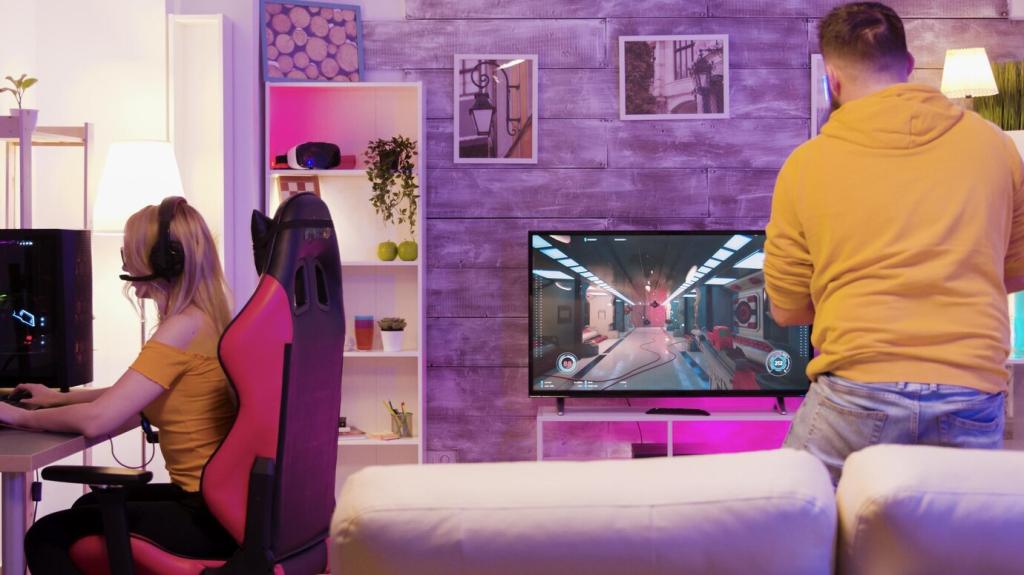

Top Front and Top Rear angles per Dolby
Aim for Top Front and Top Rear positions roughly 30 to 55 degrees from the listening position. Keep pairs symmetrical across the room. Provide your ceiling height and main seat distance, and we will calculate angles that create authentic vertical imaging.
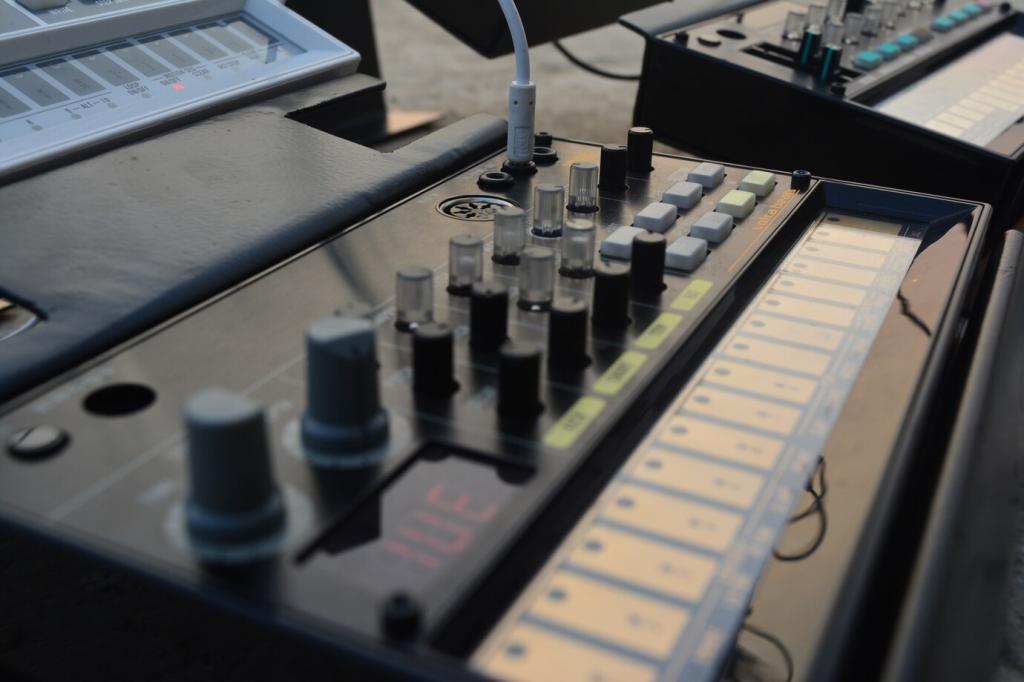
Upfiring modules versus in-ceiling speakers
Upfiring modules rely on ceiling reflections and work best with flat, reflective ceilings around eight to ten feet. In-ceiling speakers offer precision but require installation. Tell us your ceiling material and we will recommend the best height solution.
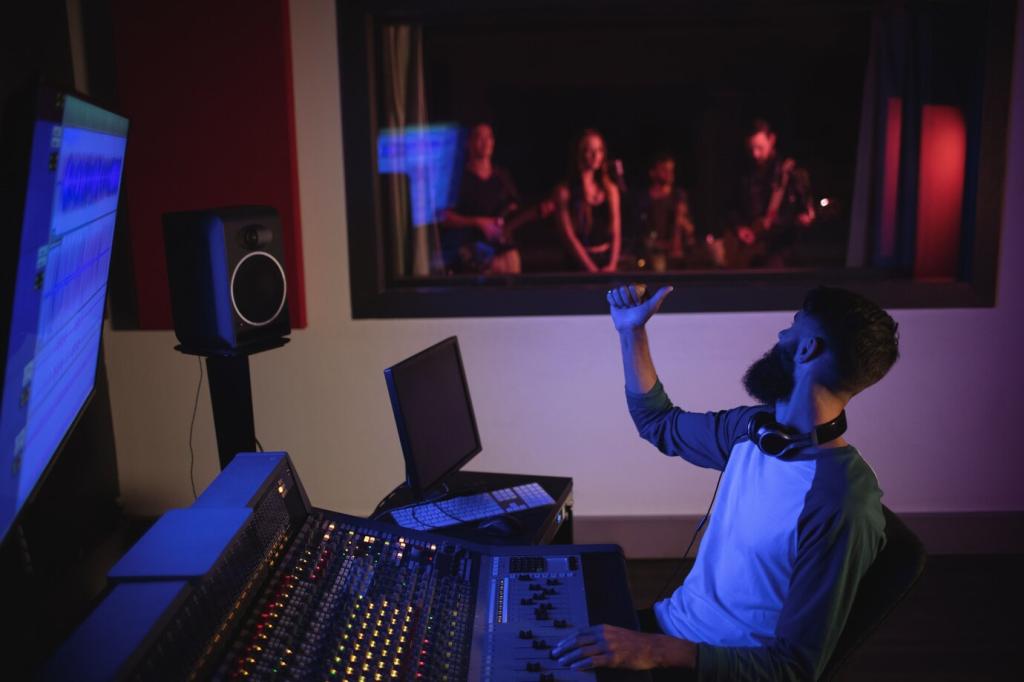
Ceiling surfaces, reflection points, and aiming tips
Painted drywall reflects predictably, while textured or acoustically treated ceilings may diffuse too much. Angle in-ceiling models toward the main seat if possible. Share your ceiling texture and seating layout to get fine-tuned aiming and spacing advice.
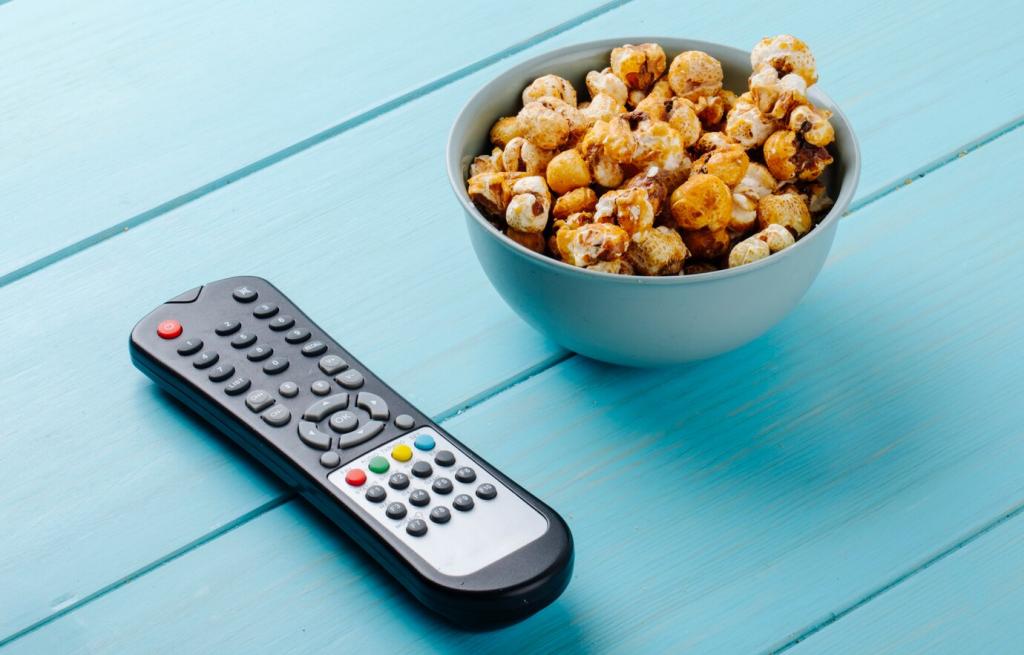

Bass Without Guesswork: Subwoofer Placement That Works
Place the sub temporarily at your main seat, play bass-heavy content, and crawl along the perimeter to find spots where bass sounds even and strong. Mark two or three locations, then measure. Share your best positions and we will help choose one.
Bass Without Guesswork: Subwoofer Placement That Works
Dual subs reduce seat-to-seat variation by averaging room modes. Corner-opposed or mid-wall placements frequently work well. If you have measurements, post them; we will suggest symmetrical or complementary positions that deliver tighter, more consistent bass.
Measure, Calibrate, Celebrate: From Setup to Showtime
REW and a measurement mic demystified
A USB mic like the UMIK-1 and REW software reveal frequency response and decay. Measure each speaker and sub individually and together. Upload your first sweep and we will help you read peaks, nulls, and improvements after placement tweaks.


Dirac, Audyssey, and YPAO: use auto-cal, then refine
Room correction shines when placement is already strong. Run calibration, verify levels and crossovers, then apply gentle target curve tweaks. Share your correction results, and we will suggest small changes that preserve dynamics while improving tonal balance.
Real-World Wins: A Placement Story and Quick Fixes
Small apartment, big upgrade
A reader with a nine-foot-wide room moved the couch eighteen inches forward, floated LCR twenty-four inches from the wall, and aimed for a perfect triangle. Dialogue snapped into focus. Tell us your tightest dimension and we will propose similar moves.
